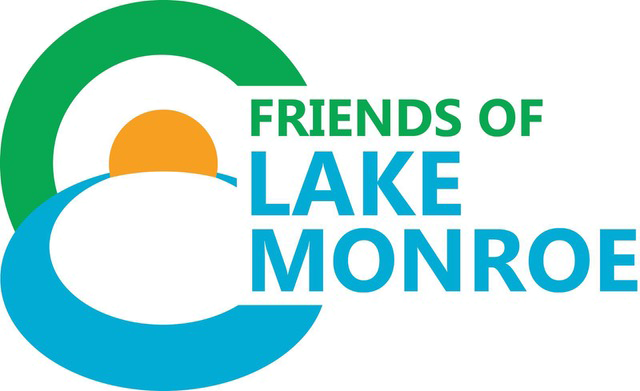Q5 Update - First Cost-Share Project Complete
The new fence will ensure that his cattle (and their manure) stay away from the creek. The pasture is also divided into a small paddock near the barn and a much larger area down by the creek. The larger area can easily be subdivided using a single strand of electric fence. This allows the practice of rotational grazing, where cows will stay in one area for several days or weeks to let the grass in another area recover and grow. In the wintertime and when the lower pasture is wet, the cows will stay in the paddock near the barn.
One other project was completed last year when a farmer planted 490 acres of cover crops. Several other projects are underway including the conversion of a cropland parcel to pasture, the conversion of a pasture to a wildlife meadow, and the development of a water and sediment control basin on a piece of hilly no-till farmland.
At this point, we have allocated $55,000 of our available $90,000 in cost-share funds. We continue to accept applications and will approve another round of projects at our March steering committee meeting. Anyone seeking more information can contact Watershed Coordinator Maggie Sullivan at 812-558-0217 or watershed@friendsoflakemonroe.org for a free consultation. Once we have allocated available funds, we will start a waitlist in preparation for the second round of funding we anticipate receiving in 2025.
This quarter we wrapped up our first cost-share project. Todd Sanders has a small homestead raising cattle and chickens in Brown County along North Fork Salt Creek. He used funds from our voluntary Conservation Cost-Share Program to install fencing, a new watering system, and a heavy use area protection pad around the new waterer.
The farm already has a very healthy riparian buffer along Salt Creek where he has allowed the native vegetation to grow freely. These plants help stabilize the creek bank with their roots, help filter runoff before it reaches the creek, and provide excellent habitat for wildlife. Notable wildlife observed in the area includes bald eagles, herons, and a variety of songbirds.
The new frost-free waterer was located so that it can be included in either half of the lower pasture when it is divided. A circular heavy use area pad was installed around the waterer to prevent the area from becoming muddy and eroding due to heavy use. The pad was constructed of geotextile fabric covered with #53 stone and agricultural lime. The lime provides a concrete-like hard surface. As manure is scraped off the pad, some lime will come with it. Eventually, the rocks will be exposed and fresh lime will be applied.
We were very excited to work on this project, which cost about $14,000. Since our program reimburses 75% of expenses up to a $10,000 cap, Todd received $10,000 in grant funds leaving his out-of-pocket expenses around $4,000.




